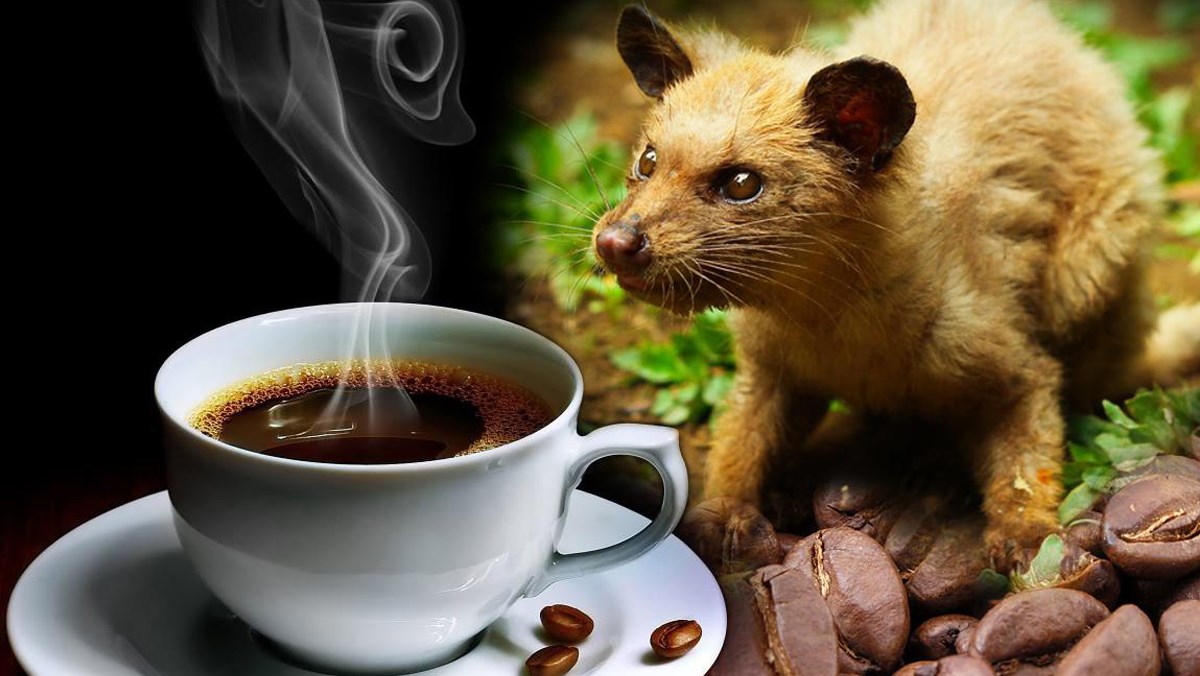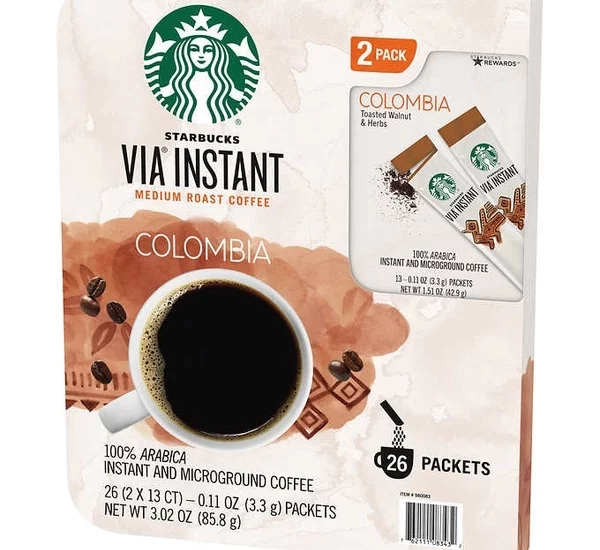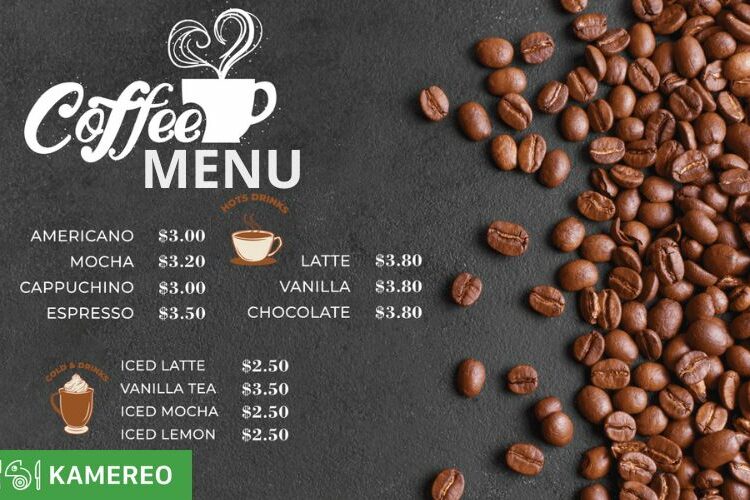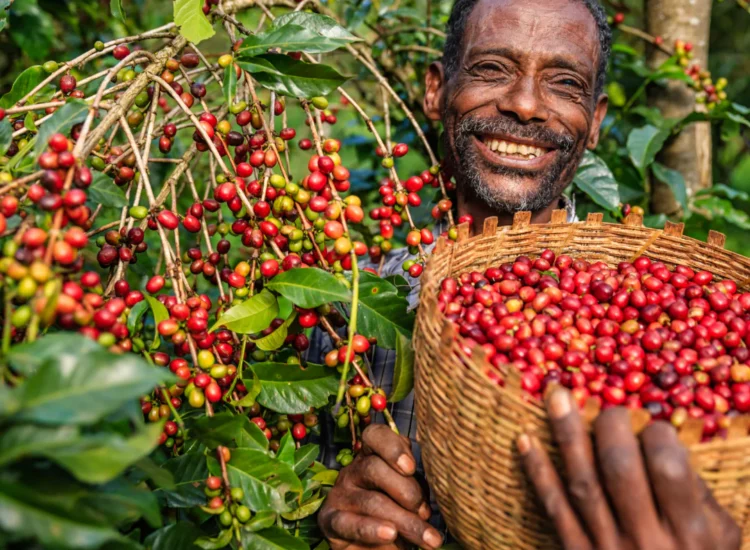Kopi Luwak: Unraveling the Mystique of Civet Coffee – Luxury, Ethics, and Flavor
Kopi Luwak, often dubbed “civet coffee” or “weasel coffee,” holds a unique and controversial position in the world of specialty coffee. Renowned as one of the most expensive and exclusive coffees globally, Kopi Luwak is distinguished by its unconventional production method, involving Asian palm civets – small, nocturnal mammals native to Southeast Asia. This unusual process has intrigued coffee enthusiasts and sparked debate alike, raising questions about luxury, ethical sourcing, and the true essence of this enigmatic brew.
This article will delve into the world of Kopi Luwak, exploring its production process, flavor profile, ethical concerns, and enduring mystique. By unraveling the complexities surrounding civet coffee, we can gain a deeper understanding of this luxury commodity and the considerations that responsible consumers should bear in mind.
The Unique Production Process: Nature’s Unconventional Barista
What truly sets Kopi Luwak apart is its distinctive production process, which relies on the digestive system of the Asian palm civet ( Paradoxurus hermaphroditus). These cat-like mammals, often referred to as civets or luwaks in Indonesia, play a crucial role in transforming ordinary coffee cherries into the coveted Kopi Luwak beans.

The process unfolds as follows:
-
Cherry Selection and Consumption: Civets are naturally attracted to the ripest and most succulent coffee cherries. Farmers may either allow wild civets to roam freely in coffee plantations or keep civets in enclosures and offer them coffee cherries as part of their diet. Civets possess a discerning palate, instinctively selecting the sweetest and most flavorful cherries.
-
Digestion and Fermentation: Once ingested, the coffee cherries pass through the civet’s digestive tract. Here, the magic happens. The civet’s digestive enzymes break down the outer layers of the coffee cherry pulp. However, the coffee beans themselves, being indigestible, remain intact and pass through the civet’s system. This digestive process is believed to impart unique characteristics to the beans through fermentation and enzymatic action.
-
Collection and Cleaning: After digestion, the civet excretes the coffee beans along with other undigested food. Farmers then collect these droppings, carefully retrieving the coffee beans from the civet feces. The collected beans undergo a rigorous cleaning process, involving thorough washing and removal of any remaining fecal matter and outer layers. Hygiene is paramount at this stage to ensure the safety and quality of the final product.
-
Processing and Roasting: Once cleaned, the Kopi Luwak beans are processed in a manner similar to conventional coffee beans. They are dried, hulled to remove the parchment layer, sorted for quality, and finally roasted to develop their characteristic flavor profile. Roasting is a crucial step, as it unlocks the complex aromas and tastes that Kopi Luwak is known for.
-
Brewing and Enjoyment: The roasted Kopi Luwak beans are then brewed using various methods, much like any other specialty coffee. Pour-over, French press, and espresso are common brewing techniques used to extract the nuanced flavors of this unique coffee.
Flavor Profile and the Mystique of Civet Digestion
Kopi Luwak is often described as possessing a distinctive flavor profile that sets it apart from conventional coffees. While flavor perceptions are subjective and can vary, common descriptors include:
-
Smooth and Less Bitter: Many coffee drinkers find Kopi Luwak to be remarkably smooth and less bitter than regular coffee. This is attributed to the digestive process, which is believed to reduce the acidity and bitterness inherent in coffee beans.
-
Earthy and Nutty Notes: Kopi Luwak often exhibits earthy and nutty flavor notes, sometimes with hints of chocolate or caramel. These nuances are thought to be imparted by the civet’s digestive enzymes and the fermentation process within their gut.
-
Full Body and Rich Aroma: Despite its lower acidity, Kopi Luwak often maintains a full body and a rich, aromatic profile. The roasting process plays a significant role in developing these characteristics.
It’s important to note that the scientific evidence supporting the claim that civet digestion significantly alters coffee flavor is debated. Some studies suggest that the perceived flavor difference might be more attributable to the civets’ selective consumption of the ripest cherries and the overall quality of the beans, rather than solely the digestive enzymes. However, the unique story and production method undoubtedly contribute to the mystique and perceived value of Kopi Luwak.
Related articles 01:
1. https://cafekinhdoanh.net/a-nation-brewed-exploring-american-coffee-drinking-habits-through-surveys
2. https://cafekinhdoanh.net/nhan-vien-quan-cafe-chia-khoa-vang-cho-thanh-cong-trong-kinh-doanh-ca-phe
3. https://cafekinhdoanh.net/doanh-thu-thuan-la-gi
4. https://cafekinhdoanh.net/the-unseen-ingredient-the-crucial-role-and-selection-of-music-in-cafes
Ethical Concerns and the Dark Side of Luxury
The rising demand and high price of Kopi Luwak have unfortunately led to significant ethical concerns, particularly regarding civet welfare and farming practices.
-
Caged Civet Farming and Animal Cruelty: To meet the growing demand, many Kopi Luwak producers have resorted to caged civet farming. In these operations, civets are often kept in cramped, unsanitary cages, fed a monotonous diet of coffee cherries, and deprived of their natural behaviors and environment. Animal welfare organizations have documented instances of stress, illness, and malnutrition among caged civets, raising serious ethical questions about this production method.
-
Forced Feeding and Unnatural Diet: In some caged farming setups, civets are force-fed coffee cherries to maximize production, further compromising their well-being. Civets are naturally omnivorous, with coffee cherries being only a small part of their wild diet. A diet solely consisting of coffee cherries is nutritionally imbalanced and can lead to health problems for the animals.
-
Mislabeling and Fraud: The high price of Kopi Luwak has also fueled instances of mislabeling and fraud. Some unscrupulous producers may sell regular coffee beans as Kopi Luwak or mix small amounts of civet coffee with conventional beans to increase profits. This undermines the integrity of the market and deceives consumers.
Sustainable and Ethical Alternatives: Wild-Sourced Kopi Luwak
For consumers who are intrigued by Kopi Luwak but concerned about ethical issues, wild-sourced Kopi Luwak offers a more sustainable and humane alternative, albeit with caveats.
-
Wild-Collected Beans: True wild-sourced Kopi Luwak comes from beans collected from the droppings of wild civets roaming freely in their natural habitat. This method avoids the ethical concerns associated with caged farming.
-
Rarity and Premium Pricing: Wild-sourced Kopi Luwak is inherently rarer and more labor-intensive to collect. This rarity further contributes to its premium price and exclusivity.
-
Verification and Certification: When seeking wild-sourced Kopi Luwak, it’s crucial to look for reputable sources that can provide verification of their sourcing practices. Certifications or direct relationships with ethical and sustainable producers are important indicators.
However, even with wild-sourced Kopi Luwak, there are complexities to consider:
-
Defining “Wild” and Potential for Exploitation: The term “wild-sourced” can be loosely interpreted. It’s essential to ensure that beans are genuinely collected from civets living in truly wild and undisturbed habitats, not from civets that are semi-captive or influenced by human activity. Furthermore, even wild collection needs to be done responsibly to avoid disturbing natural ecosystems and civet populations.
-
Scalability and Demand: The limited availability of truly wild-sourced Kopi Luwak means that it cannot meet the mass market demand for this coffee. The focus on ethical and sustainable sourcing necessarily restricts production volume.

Market and Pricing: The Luxury Coffee Realm
Kopi Luwak consistently ranks among the most expensive coffees in the world. Several factors contribute to its high price:
-
Unique Production Process and Labor Intensity: The unusual production method, involving civet digestion and manual collection, is inherently labor-intensive and time-consuming, driving up production costs.
-
Perceived Rarity and Exclusivity: The unique story and limited availability of Kopi Luwak contribute to its perception as a rare and exclusive luxury item, justifying premium pricing.
-
Demand from Affluent Markets: Demand for Kopi Luwak is particularly high in affluent markets in Asia, Europe, and North America, further driving up prices due to supply and demand dynamics.
Prices for Kopi Luwak can range from hundreds to over a thousand dollars per pound, depending on the source, quality, and whether it is claimed to be wild-sourced or farmed.
Authenticity and Counterfeiting: Navigating the Market
Given the high price and mystique of Kopi Luwak, counterfeiting is a significant problem. Consumers need to be vigilant to ensure they are purchasing genuine Kopi Luwak. Tips for verifying authenticity include:
-
Reputable Sources and Retailers: Purchase Kopi Luwak from trusted and reputable coffee roasters, specialty coffee shops, or directly from verified ethical producers. Be wary of unusually low prices, which can be a red flag for counterfeit products.
-
Certifications and Traceability: Look for certifications or labels that indicate ethical and sustainable sourcing practices. Traceability back to the source and farm can provide greater assurance of authenticity.
-
Bean Appearance (with Caution): While not foolproof, some claim that genuine Kopi Luwak beans may have a slightly different appearance compared to regular coffee beans due to the digestive process. However, this is not a reliable method of verification for the average consumer.
-
Taste and Flavor Profile (with Subjectivity): While Kopi Luwak is often described as having a distinctive flavor, taste alone is not a definitive way to verify authenticity, as flavor perceptions are subjective, and regular coffee can be manipulated to mimic some Kopi Luwak characteristics.
Cultural Significance and Consumption
While often marketed as a luxury novelty in Western markets, coffee, in general, holds significant cultural importance in Southeast Asia, particularly in countries like Indonesia and Vietnam, where Kopi Luwak originates. Coffee is deeply ingrained in daily life, social rituals, and economic livelihoods in these regions.
Kopi Luwak, in its traditional context, can be seen as an example of local ingenuity and resourcefulness, utilizing a unique natural process to create a distinctive product. However, the ethical concerns surrounding modern Kopi Luwak farming practices overshadow much of this cultural context.
Conclusion: Sipping with Shareware

Kopi Luwak presents a complex paradox – a coffee celebrated for its unique production method and luxurious status, yet often shrouded in ethical controversy. While the mystique of civet digestion and the allure of exclusivity contribute to its appeal, responsible consumers must be aware of the ethical implications, particularly the potential for animal cruelty in caged farming.
If choosing to experience Kopi Luwak, prioritizing wild-sourced, ethically verified beans is crucial. However, for many coffee enthusiasts, the ethical concerns may outweigh the allure of this novelty coffee. Exploring other high-quality specialty coffees sourced through sustainable and ethical practices may offer a more responsible and equally rewarding coffee experience. Ultimately, informed consumption and a focus on ethical sourcing are essential when navigating the world of Kopi Luwak and other luxury commodities.












